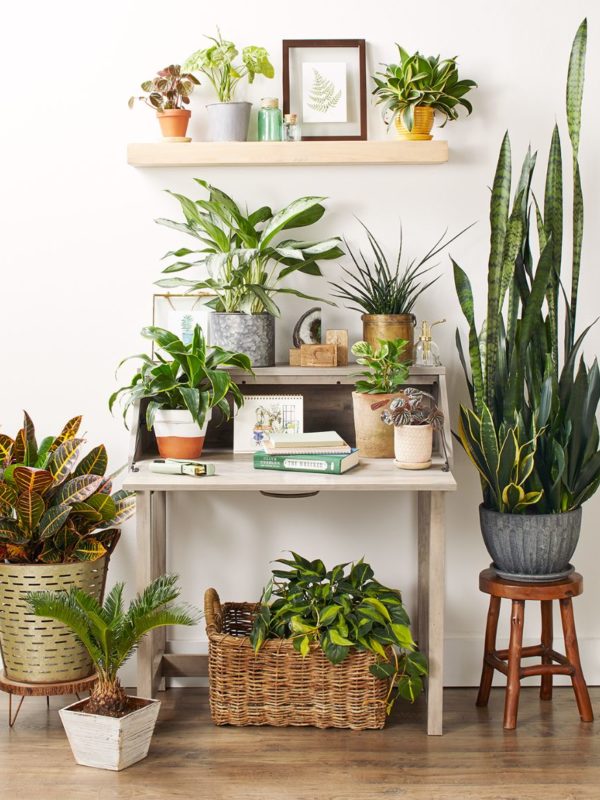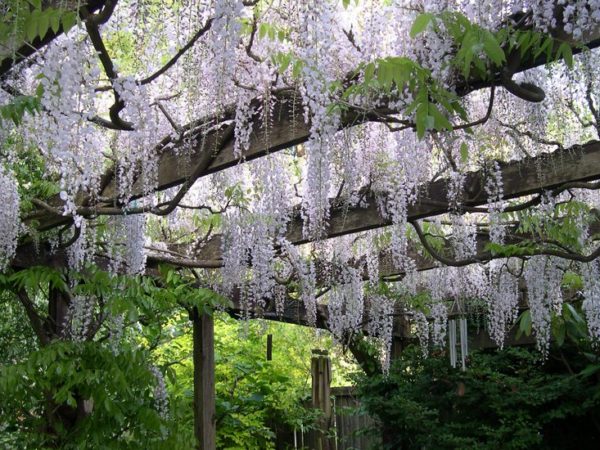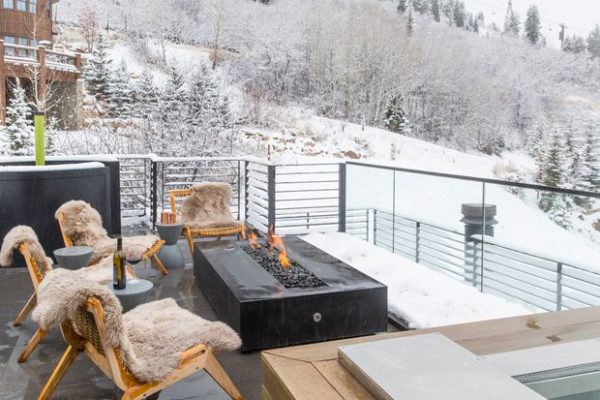What’s Budding

What’s Budding

Starting From Seed
If you grew a vegetable garden in 2020 for the first time, you were in good company. Hundreds of thousands of U.S. gardeners grew vegetables for the first time, and many more expanded or returned to growing food crops.
Literally millions of additional potted starter plants and packets of seeds were sold. Many varieties were sold out and unavailable across broad regions, due to the sudden increased demand.
Ready to move from a couple of tomatoes in pots and a row of lettuce to more varieties? Wondering what is easiest to grow? Have a sunny spot with access to water?
Some crops like cool temperatures to grow and produce. These include lettuce, peas, chard, kale, radishes, brussel sprouts, beets and carrots. Many commonly grown vegetables preferring warm temperatures include tomatoes, sweet corn, peppers, beans, summer and winter squash, eggplant, watermelon and cucumber. The key is identifying what you and your family will enjoy eating, what it requires to grow well, and when it must be planted to produce before the fall frost.
Many plants like tomatoes, peppers and cabbage are grown from started plants, as the mid-Michigan growing season won’t accommodate starting from seed in the ground all the way to a successful harvest. You can start your own seeds indoors, but pasteurized soil, bright supplemental light and excellent timing are all crucial.
A great way to advance your skills is to get involved in a community garden, visit and chat with gardeners who sell at farm markets, or do some research on the plants you want to grow next season. Many seed sources still print detailed catalogs, and have a website presence. Every county also has a horticulture extension service (affiliated with Michigan State University) with tax-paid staff to assist both businesses and consumers with growing questions. Ingham, Eaton and Clinton counties all have skilled staff to serve their residents by answering questions and connecting people with resources.
On the Green Side

How Do Plants Make You Feel?
This year we need a boost. This year, we need calming and soothing. This year, improving our work environments, increasing productivity and helping us concentrate are all must-haves. We in the horticulture field have often been drawn in by how being around plants makes us feel. Now there is more and more evidence and data to support the belief that being in the presence of plants indoors is a wise choice and has measurable benefits for all of us.
Whether you read Psychology Today, follow Green Plants For Green Buildings or read Healthcare Design, you have seen the results of studies measuring the impacts of tropical plants growing indoors on people. Measurable improvement of air quality by addition of oxygen and removal of toxins has long been attributed to plants in homes and businesses. Plants also absorb sound and screen views, creating spaces that are quieter and less distracting.
Productivity and creativity gains in the workplace are also measurable. This year, the workplace moved to the home for hundreds of thousands of Americans, and the need for plants in the workplace also shifted focus. We saw the result in homeowners wanting to improve views, patios and decks outside as well, but indoor plants make a difference all year round. We will see research on improving the concentration of students as well, as everyone from preschoolers to college students have seen their classes move from in person to online this year.
As always, evaluate available light and the skills of the caregiver when considering adding plants to your space. Position plants to screen where needed, add color and texture where possible, and be sure to place a blooming specimen or interesting succulent close to your workspace to give you a little extra lift on the dreary winter days. Let plants lift your mood. For help selecting the right plants or advice on modifying your space to accommodate the use of plants, contact us and we will be glad to help.
Digging In

Wisteria: Beautiful Vine or Dangerous Invader?
There is no doubt that wisteria puts on a breathtaking display in spring with beautiful, fragrant, blue-lavender flower clusters that are up to a foot long. We sometimes are asked if a customer can plant wisteria on pergolas, arches, and other structures. It often depends on the strength of the plant support and how much time the clients want to put into pruning.
Wisteria is one of the few plants where pruning is an absolute necessity. Both Chinese and Japanese varieties can envelope fencing, warp power poles, demolish trellises, and as one article recently stated in Southern Living, “They can even strangle passing clouds.” Wisteria can quickly overtake everything, without regular proper pruning, and a strong support.
To train a wisteria, select a strong upright stem and attach it to the support with twine or plant ties. These ties only need to be here temporarily. Once the plant is established, the strength of the stem will hold the plant in-place. Remove any side shoots approximately once a month, until it has reached the desired height.
Once the vine is at the desired height, pinch off the tip to stunt its growth and to encourage side branches. For the best results, side branches should be no less than 18” apart. Watch out for suckers at or near the base of the trunk. Remove these unwanted growths to give strength to the main stem and to concentrate the plant’s energies into its core.
Pruning should be done twice per year, once in late February through March, and again in midsummer between July and August. Pruning in late winter allows you to see all the stems easily. Cut the long whippy side shoots back to six to eight buds, or approximately six inches from the main stem. These shortened spur-like branches will develop loads of flowers. Winter is also a good time to do any necessary maintenance to the support structure. Without leaves, the vines weigh less and the structure is more visible.
In summer, after the plant is done flowering, untangle and prune to reduce the amount of new growth. Midsummer pruning controls the wisteria’s growth and helps to create a strong, healthy plant. Remove any growth at the base of the trunk and unwanted side shoots each time you prune.
Wisteria can easily climb 30-40’ and are quite heavy. Before planting, make sure you are ready for the commitment it takes to keep them in bounds. The most common mistake is not pruning at all. Also keep in mind that it can take two to three years after planting to produce the first flowers. These plants need full sun and moist, but not wet soils. They can be fertilized with a low nitrogen fertilizer, but it is better to under-fertilize these plants than to over-fertilize.
A little fun fact: According to the Book of Guinness World Records, the world’s largest known wisteria is in Sierra Madre, California. Planted in 1894, this wisteria covers more than one acre and weighs an estimated 250 tons.
If you are in love with the idea of growing wisteria, we can help you with choosing a location and supports. We can also help you with plant maintenance to keep this beautiful plant in bounds!

The Buzz

Many people are stretching the patio season this year, due to the desire to see people with whom we don’t share our home- but in a safe manner. For many of us, this simply means keeping the patio furniture out and storing the cushions just inside where they can quickly come out for use. Remember to use a spray sanitizer between uses and be meticulous about cleaning all surfaces you or your guests will touch.
Think about inviting over the neighbor you usually exchange dinner invitations with, and instead of eating together at the table, space your outdoor furniture so that you can hear one another at a safe social distance. Agree ahead whether they are walking through your home or around the house to the patio. Be sure the path is clear. Plan a shorter visit than you would indoors, and communicate this in advance so that everyone is comfortable with the plan.
This means needing to keep the patio or deck completely clear of leaves. Make sure there is no ice or snow to cause slipping or tripping. Put away everything you won’t need and can’t easily clean, and be sure you have a warm, but machine washable throw for each guest. Limit physical interaction by preparing a nibbling platter for each person – this means knowing what they like to eat and any food restrictions. Your get-together requires small but sturdy tables.
This is the year to add a heater or gas torch for warmth, and perhaps some holiday lighting for atmosphere. Always be mindful of placement of flame or heat sources and keep combustibles far away. Never leave throws or cushions unattended near an open flame. A gust of wind or a pet looking for a warm blanket could cause a fire.
Be sure shrubs and perennials have been prepared for winter, so that there won’t be loose debris finding a way into your entertainment space. If you consider adding a canopy or awning as a wind block, be sure it is securely fastened to withstand wind. Know if it is designed to withstand high wind or needs to be retracted or taken in when strong winds are expected.
Stay safe and extend your patio season to keep your social interactions alive during the holiday season.
Copyright © The Plant Professionals